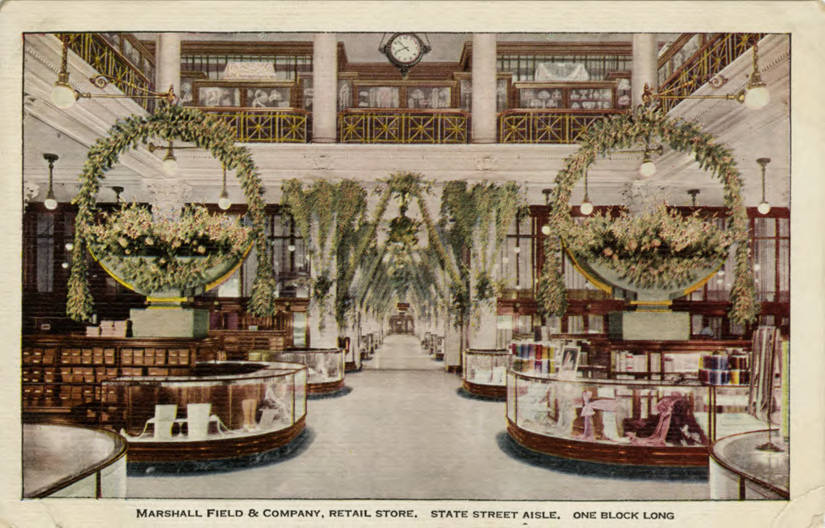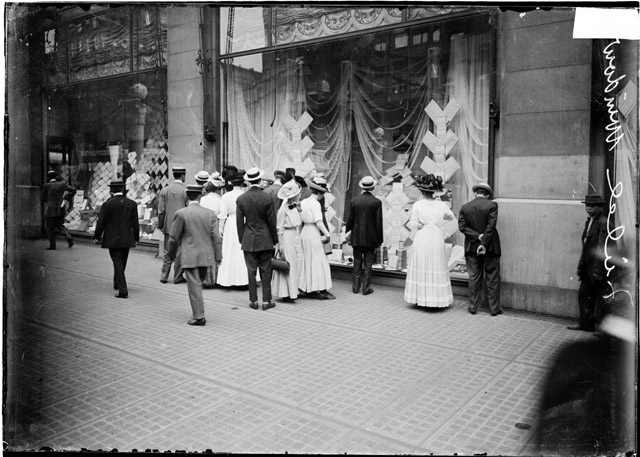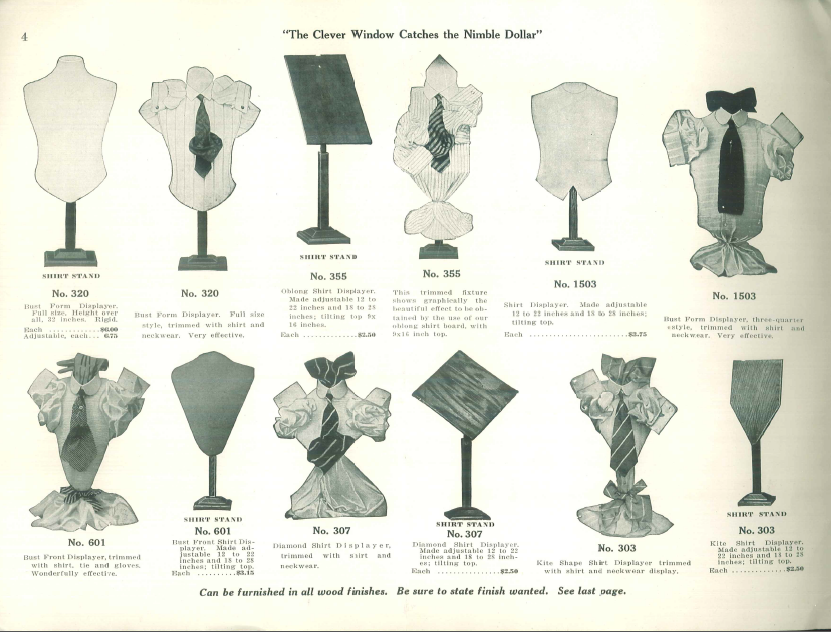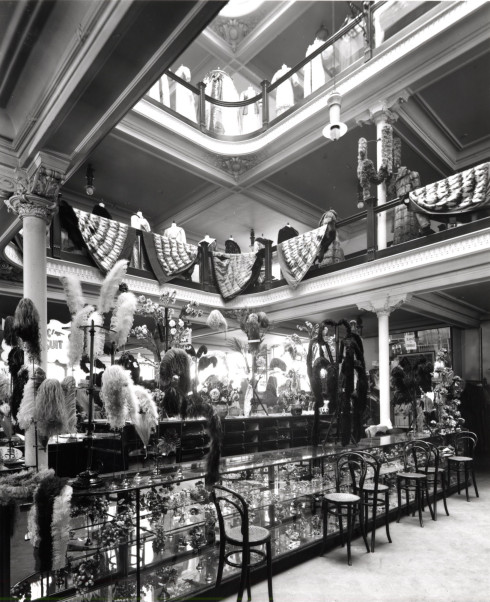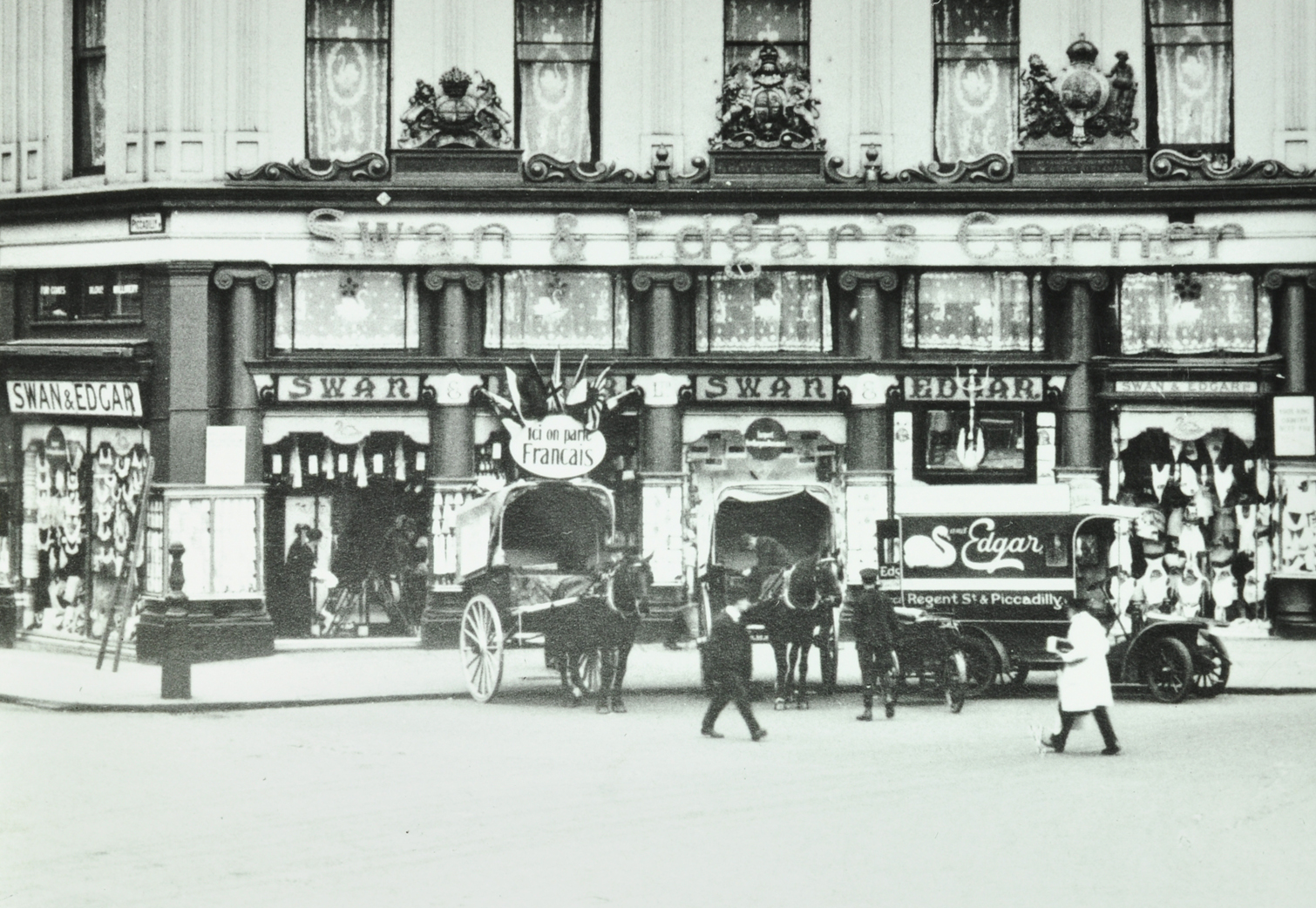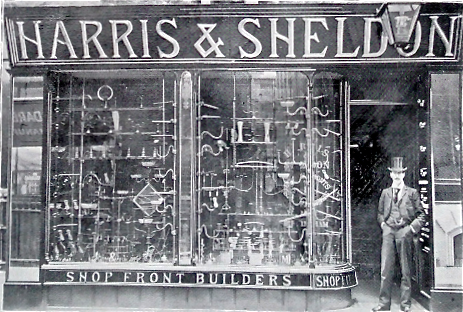Dressing a New Interior: The Development of Department Store Display, 1880-1920
History of Design, Royal College of Art/Victoria and Albert Museum
This history of the rise of the department store in London, New York, and Chicago from about 1880 to 1920 centers on the designers, materials, technologies, and methods that accelerated the appeal and impact of merchandise display. It argues that business goals of rationalization and specification converged with creative goals of imagination and invention to produce ambitious displays on permanent view and yet in continual flux that signaled a store as up-to-date. With a cross-Atlantic perspective, I outline how the work of the window dressers, shop fitters, and display managers persuaded customers to not only purchase merchandise but marvel at how it was presented and promoted. My research will be framed around the following question: How did display design shape customer experience in the department store and evolve as a complex profession that engaged with business needs, the influences of arts and culture, modernization, and an expanding range of global commodities?
This study positions display as an important and overlooked area of mediation between production and consumption. As such, it brings together the history of commerce and the history of design in a new configuration. Merchandise arrangements conveyed technical skill and material innovation specific to the retail setting while their style was also in conversation with arts and culture. The research has led to new sources that educated department store staff on display materials and strategy and those that promoted the final product to the public. I interpret how this textual and visual material endowed these displays with an agency that could recalibrate consumers’ senses of dimension and perspective, script patterns of vision and movement, and most crucially, garner sales. During the experimental 1880 to 1920 period, the department store piloted a range of presentation strategies, not all of which were visual, technical, and commercial successes. Therefore in addition to the triumphs, discussion will consider when the display resulted in contradiction or criticism.
The dissertation is comprised of four chapters that reveal the on-site production process of display that was guided by the expert knowledge of design professionals. The first chapter investigates how the department store’s architecture physically facilitated display. The second chapter focuses on how the show window demonstrated the selling power of visual enticement. The third chapter examines how the sales floor, from the ground level to the upper tiers, was optimally fitted with fixtures and casework for the visual and tactile examination of merchandise. The fourth chapter investigates how special events immersed the visitor in the installation of goods in order to educate or entertain them. There is a sustained dialogue with a set of fundamental dualities: handmade versus mechanical technique, simplicity versus theatricality in style, deception versus authenticity, and rationalization versus imagination.
